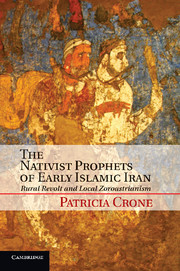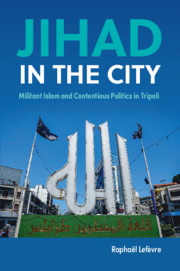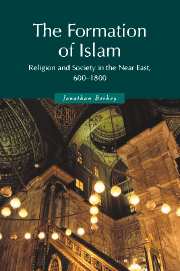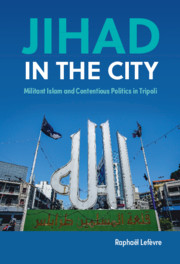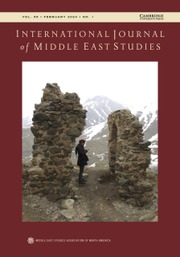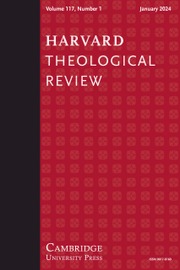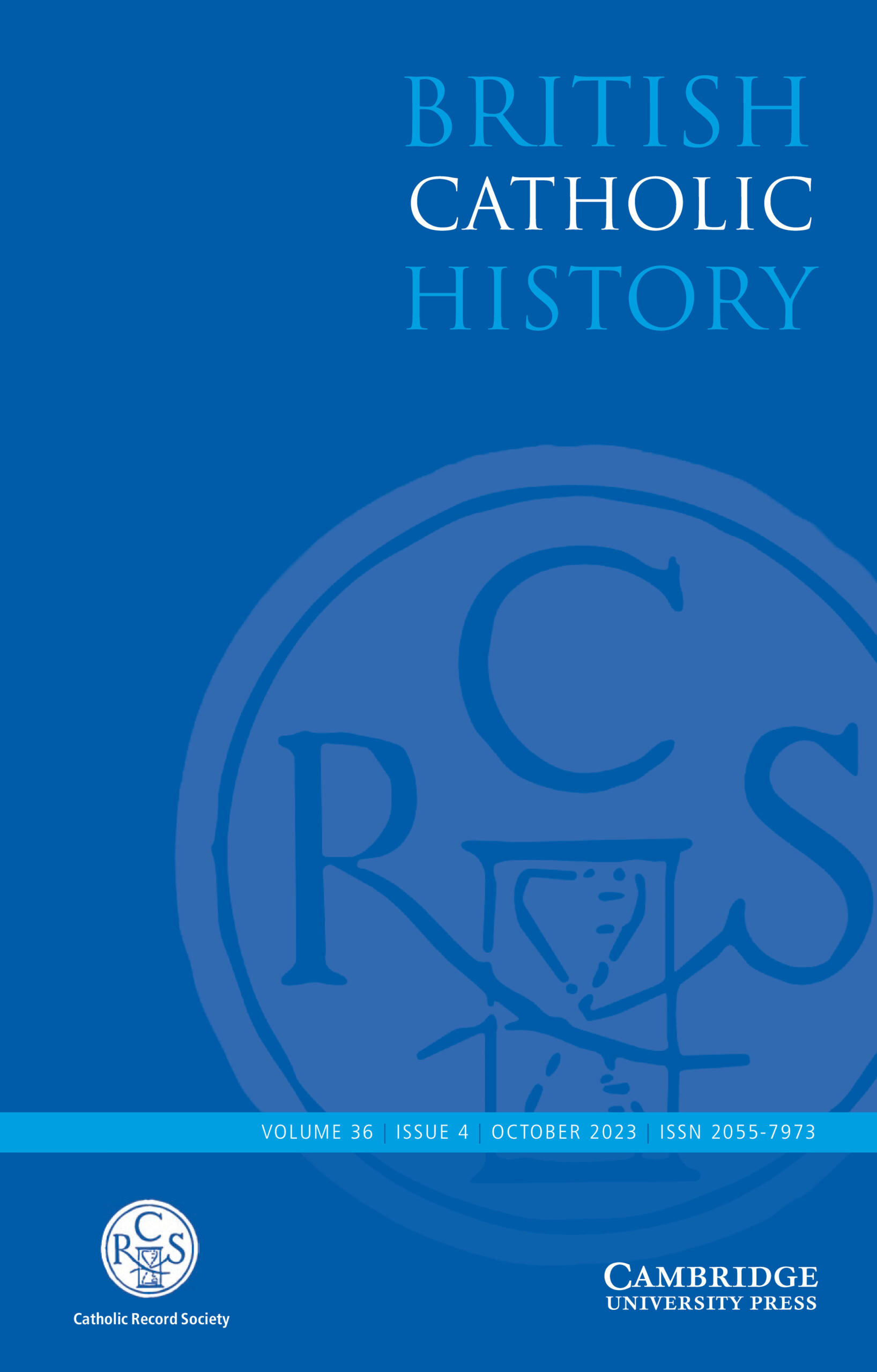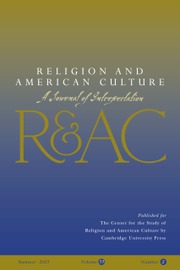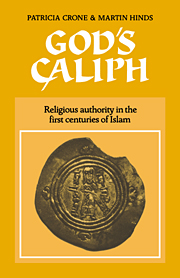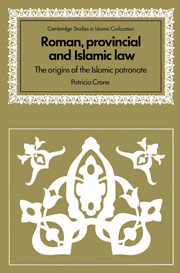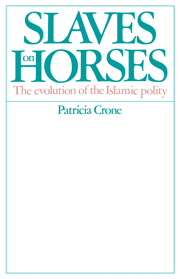The Nativist Prophets of Early Islamic Iran
Patricia Crone's latest book is about the Iranian response to the Muslim penetration of the Iranian countryside, the revolts subsequently triggered there, and the religious communities that these revolts revealed. The book also describes a complex of religious ideas that, however varied in space and unstable over time, has demonstrated a remarkable persistence in Iran across a period of two millennia. The central thesis is that this complex of ideas has been endemic to the mountain population of Iran and occasionally become epidemic with major consequences for the country, most strikingly in the revolts examined here, and in the rise of the Safavids who imposed Shi'ism on Iran. This learned and engaging book by one of the most influential scholars of early Islamic history casts entirely new light on the nature of religion in pre-Islamic Iran, and on the persistence of Iranian religious beliefs both outside and inside Islam after the Arab conquest.
- Casts new light on the nature of religion in pre-Islamic Iran and the persistence of Iranian beliefs both outside and inside Islam after the Arab conquest
- A sophisticated and fluently written book by one of the most influential scholars of early Islamic history
- For Islamicists, Iranianists, comparative historians and sociologists of empire, historians of early Christianity and Gnosticism
Reviews & endorsements
"What needs to be stressed about The Nativist Prophets of Early Islamic Iran is that it is a book of rare intellectual courage. It is written in such a way that we are left in no doubt as to the momentous issues that were at stake in this procession of seemingly bizarre creeds and persons, in a land which, for most outsiders of the time (Arab Muslims quite as much as Byzantine Christians), was as distant and majestic as the face of the moon … Patricia Crone's book has made this battle intelligible and vivid to us, and as real and urgent, in its wider implications, as if it had happened only yesterday."
Times Literary Supplement
"The Nativist Prophets of Early Islamic Iran is the story of an immense and mysterious landscape, intermittently rocked, throughout the late antique and early Islamic periods (effectively from around 250 to 850 AD), by detonations of religious fervor sparked by social unrest … The thrill of this book is that it brings the Iranian world into the mainstream of late antique history. Iran is seen as yet another participant in the religious and intellectual upheavals of the time."
The New York Review of Books
"One of Patricia Crone’s achievements in her magnificent book on Iran in the aftermath of the Islamic conquest is to shed new light on sex on the Iranian plateau … using sources, besides Herodotus, that range from hostile Muslim missionaries to Buddhist pilgrims, she establishes that polyandry, the lending of wombs, and the renting of inseminators were not uncommon and that incestuous marriage was encouraged under Zoroastrian law."
Christopher de Bellaigue, Common Knowledge
'Crone’s Nativist Prophets is a tour de force of data collection from primary sources and scholarly publications. It presents much fascinating information about localized discontents, specific beliefs, and marginal practices.' Jamsheed K. Choksy, Journal of the American Oriental Society
Product details
June 2012Adobe eBook Reader
9781139512442
0 pages
0kg
This ISBN is for an eBook version which is distributed on our behalf by a third party.
Table of Contents
- 1. Introduction
- Part I. The Revolts:
- 2. The Jibal: Sunbadh, the Muslimiyya
- 3. Azerbaijan: Babak
- 4. Khurasan: Muhammira, Khidashiyya, Rawandiyya, Harithiyya
- 5. Sogdia and Turkestan: Ishaq
- 6. Sogdia: al-Muqanna and the Mubayyida
- 7. South-eastern Iran: Bihafaridh, Ustadh Sis, and Yusuf al-Barm
- 8. The nature of the revolts
- 9. The aftermath
- Part II. The Religion:
- 10. God, cosmology, and eschatology
- 11. Divine indwelling
- 12. Reincarnation
- 13. Ethos, organisation, overall character
- 14. Khurrami beliefs in pre-Islamic sources
- 15. Regional and official Zoroastrianism: doctrines
- 16. Regional and official Zoroastrianism on the ground
- Part III. Women and Property:
- 17. 'Wife-sharing'
- 18. The Mazdakite utopia and after
- Part IV. Conclusion:
- 19. Iranian religion versus Islam and inside it
- Appendices.

